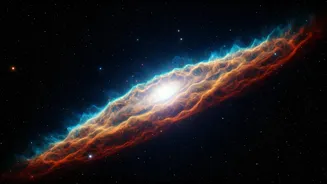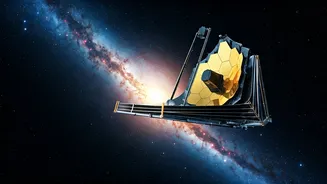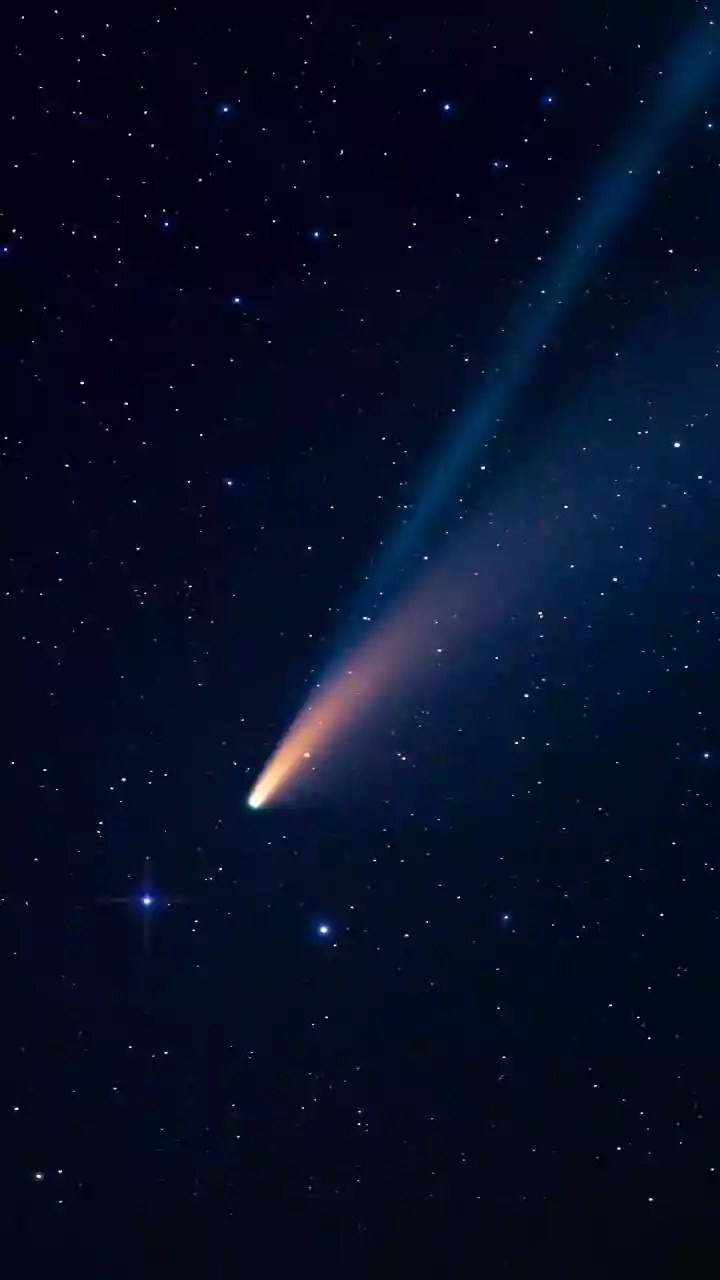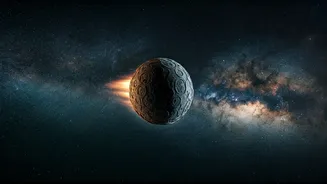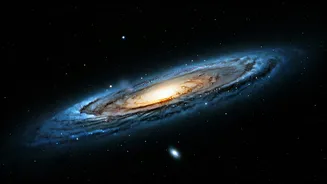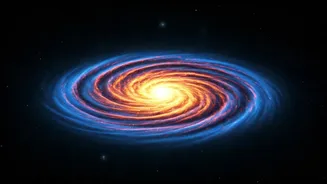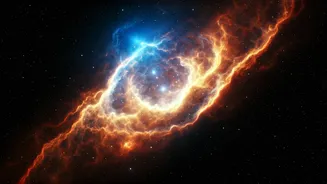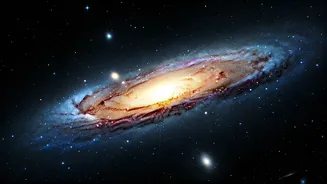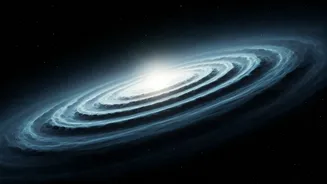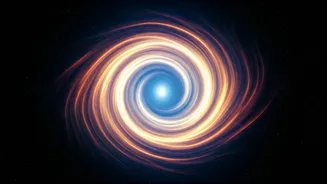Early Galaxy Birth
The James Webb Telescope has offered unprecedented views of the cosmos, providing insights into the formation of early galaxies. These images reveal the turbulence
present during the formation of the first galaxies. The telescope’s capacity to detect infrared light allows it to peer through cosmic dust, enabling observations of distant objects previously hidden from view. This capability helps researchers understand the conditions present in the early universe, including star formation, galaxy evolution, and the distribution of dark matter.
A Promising Super-Earth
Scientists have identified a 'Super-Earth,' GJ 251 c, that could potentially harbor life. This exoplanet is particularly interesting due to its distance from its star, which might allow liquid water to exist on its surface—a key ingredient for life as we know it. The discovery has ignited excitement among researchers eager to explore its potential further. Future observations may use spectroscopy to analyze the planet's atmosphere, searching for biomarkers such as oxygen or methane. These findings boost hopes of finding extraterrestrial life and help shape the way we understand planetary habitability.
Dark Matter's Secrets
Recent research suggests that the distribution of dark matter in the Milky Way could be flattened rather than spherical. This flattened structure may explain the mysterious gamma-ray glow seen at the galaxy's core. Scientists used advanced simulations and observational data to explore this theory. This new perspective challenges conventional models of dark matter distribution. Further investigation into this flattened dark matter, potentially composed of weakly interacting massive particles (WIMPs), may unveil deeper insights into the structure and evolution of the Milky Way, and our understanding of dark matter.
Interstellar Object Unveiled
New images of the interstellar object 3I/ATLAS show a giant jet shooting towards the sun. These detailed images offer unique insights into its composition and behavior. By studying its trajectory and composition, researchers can learn about the material ejected from other star systems. This includes material not originally from our solar system. Analyzing the object's jet can help determine its origin and the environments it traversed before entering our solar system. The discovery allows scientists to study material formed outside of our solar system.
Betelgeuse's Companion Star
For the first time, telescopes have captured an image of a companion star orbiting the massive red supergiant Betelgeuse. This discovery provides valuable information about stellar evolution and binary star systems. Observing how the companion star interacts with Betelgeuse offers a unique look at the life cycle of large stars. The study of Betelgeuse, which is nearing the end of its life, can provide insights into stellar events such as supernovae. The observations allow astronomers to learn more about how massive stars evolve and interact with their surroundings.
